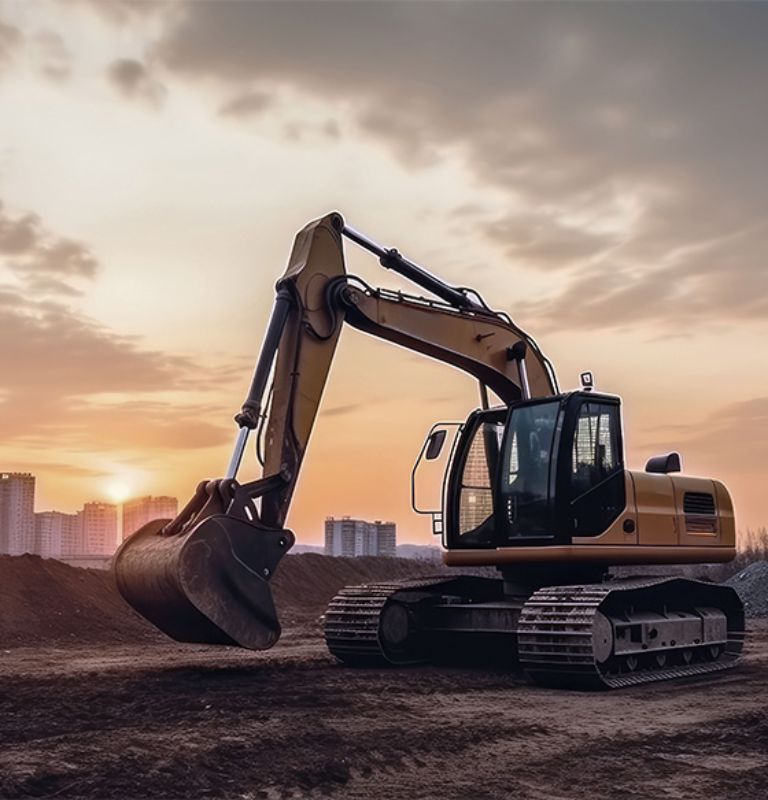We kennen elkaar al
We zijn waar mensen zijn.
Misschien hebben wij elkaar ontmoet op weg naar je werk, toen je op de trein stapte voor een veilige rit naar je dagelijkse bestemming. Misschien wordt de kwaliteit van je ochtendkoffie gewaarborgd door onze producten. Of misschien heb je een slokje innovatie van ons geproefd toen je water uit de kraan dronk.
Best in Class Engineering: van de keuze van materialen tot de levering van onderdelen
Ontdek onze technische mogelijkheden
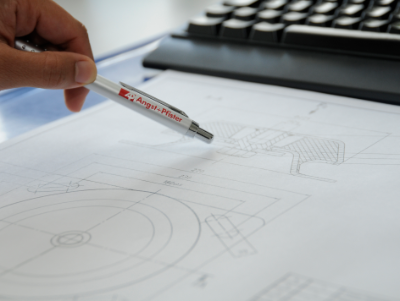.png)
Wij maken gebruik van geavanceerde CAD-tools en Finite Element Analysis om duurzame, efficiënte producten te ontwerpen, te valideren en te optimaliseren ...
Met op maat gemaakte materiaalformuleringen garanderen wij oplossingen met hoge prestaties.
.jpg)
Wij garanderen de duurzaamheid van producten door geavanceerde tests en validatie van oplossingen.

Ons wereldwijde productienetwerk maakt gebruik van geavanceerde productietechnologieën.

Wij bieden lokale technische ondersteuning in 24 landen.
Maak gebruik van onze expertise in uw branche
Bewezen succes in beweging - Onze klantverhalen
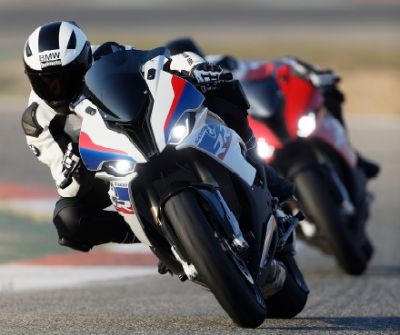.jpg)
Angst+Pfister engineered custom vibration dampers for BMW's S 1000 RR motorcycle.
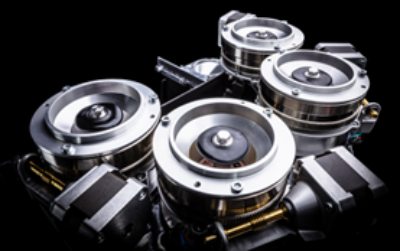
Eversys en Angst+Pfister hebben samengewerkt om een compacte, efficiënte koffiemalingstechnologie te ontwikkelen.
Alfhoornbouwer Bruno Cattaneo en Angst+Pfister hebben samengewerkt om de assemblage van het instrument te verbeteren.
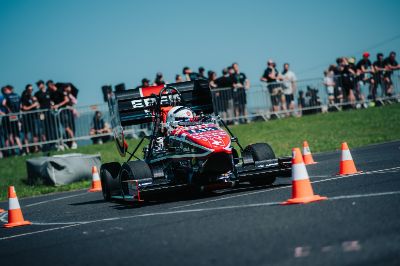
EPFL Racing Team en Angst+Pfister hebben samengewerkt om de Formula Student auto te verbeteren.
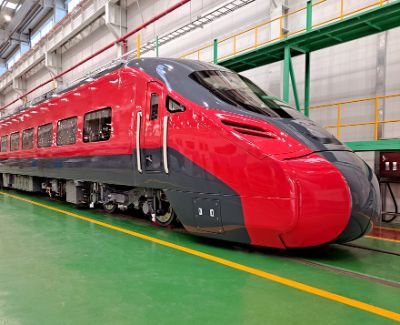
Angst+Pfister werkte samen met het Zuid-Koreaanse Dawonsys aan trillingdempende componenten.
Wij zorgen dat het werkt
Neem gewoon contact met ons op en we nemen snel contact met u op!
Blijf op de hoogte!
Meld u vandaag nog aan voor onze nieuwsbrief en ontvang onze nieuwste updates over producten en de laatste trends in de branche!






